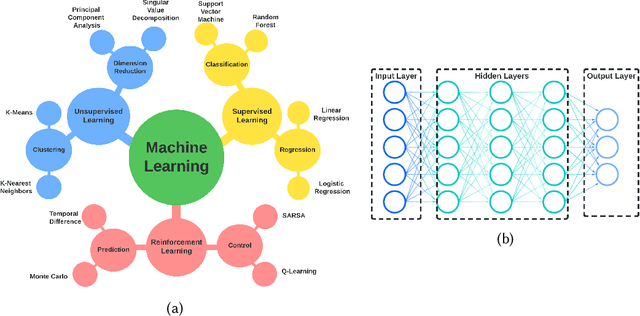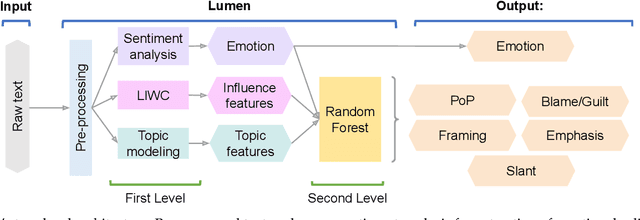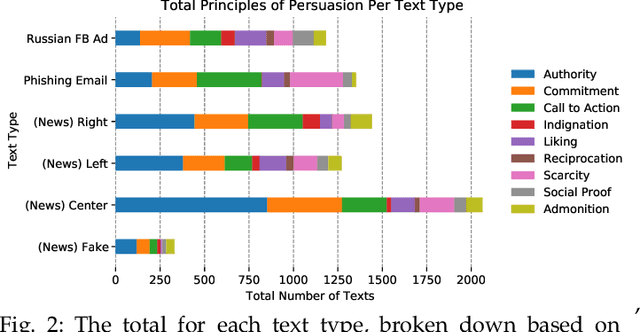Daniel Capecci
A Survey and Perspective on Artificial Intelligence for Security-Aware Electronic Design Automation
Apr 21, 2022



Abstract:Artificial intelligence (AI) and machine learning (ML) techniques have been increasingly used in several fields to improve performance and the level of automation. In recent years, this use has exponentially increased due to the advancement of high-performance computing and the ever increasing size of data. One of such fields is that of hardware design; specifically the design of digital and analog integrated circuits~(ICs), where AI/ ML techniques have been extensively used to address ever-increasing design complexity, aggressive time-to-market, and the growing number of ubiquitous interconnected devices (IoT). However, the security concerns and issues related to IC design have been highly overlooked. In this paper, we summarize the state-of-the-art in AL/ML for circuit design/optimization, security and engineering challenges, research in security-aware CAD/EDA, and future research directions and needs for using AI/ML for security-aware circuit design.
Lumen: A Machine Learning Framework to Expose Influence Cues in Text
Jul 12, 2021



Abstract:Phishing and disinformation are popular social engineering attacks with attackers invariably applying influence cues in texts to make them more appealing to users. We introduce Lumen, a learning-based framework that exposes influence cues in text: (i) persuasion, (ii) framing, (iii) emotion, (iv) objectivity/subjectivity, (v) guilt/blame, and (vi) use of emphasis. Lumen was trained with a newly developed dataset of 3K texts comprised of disinformation, phishing, hyperpartisan news, and mainstream news. Evaluation of Lumen in comparison to other learning models showed that Lumen and LSTM presented the best F1-micro score, but Lumen yielded better interpretability. Our results highlight the promise of ML to expose influence cues in text, towards the goal of application in automatic labeling tools to improve the accuracy of human-based detection and reduce the likelihood of users falling for deceptive online content.
 Add to Chrome
Add to Chrome Add to Firefox
Add to Firefox Add to Edge
Add to Edge